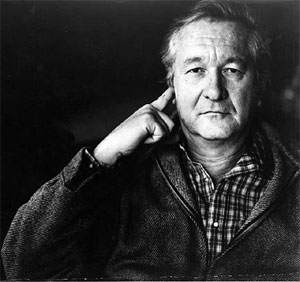Darkness Visible BY William Styron
 Literature │ The Fog
Literature │ The Fog
Darkness Visible: A Memoir of Madness by William Styron
Through a very confidant and sure voice, Styron shares his beliefs and experience with this dehibilitating disease which he believes not to have an appropriate name, he believes that the more older word melancholia justifies the severity of it better than the mere word depression. Styron paints a very accurate picture through language, using words and phrases such as “excruciating near – paralysis.” One of his first descriptions of depression can be found in the first chapter where he states, “Depression is a disorder of mood so mysteriously painful and elusive in the way it becomes known to the self- to the meditating intellect- as to verge close to being beyond description.” Through much of Styron’s “unfocused stirrings” he does make it out the other end, hence the ability to tell his story.
The subject is one of much anguish, frustration and question of mortality, which is why one of the strongest elements of his writing is his awareness. Through much of his depression and final breakdown which was when he was in his sixties, he was terribly aware of his mood and was somehow able to note each phase of his decline into the dark murky fog. His account is not highly charged in the sense that he does not purge his soul in an “out of control” manner, yet his emotions and pain are heavily present, weighing down the pages with hefty words that mirror the illness itself. It is his ability to successfully separate his present, healthier self, from the severely depressed, and near suicidal self which allows him to tell us his story in a very matter of fact manner without being cold and medical. He discusses the taboo of suicide and its effect on families and friends, although it is a morbid subject, it needs to be discussed nevertheless, and Styron is aware of the urgency to do so. Styron’s account is refreshing, it started off as a lecture and later turned into a very short memoir which could reach a greater audience, Darkness Visible is certainly a helpful read to those who want a more personal account of the illness or for those who know someone who suffers from it and do not quite understand it. I shall leave you with an extract from Milton’s Paradise Lost Book 1, lines 63-69 which is a description of hell and an influence on Styron’s choice of title;
Served only to discover sights of woe,
Regions of sorrow, doleful shades, where peace
And rest can never dwell, hope never comes
That comes to all, but torture without end
Still urges, and a fiery deluge, fed
With ever-burning sulphur unconsumed.”
©Zehra Mustafa

-
-
-
-
/ 0 Comments